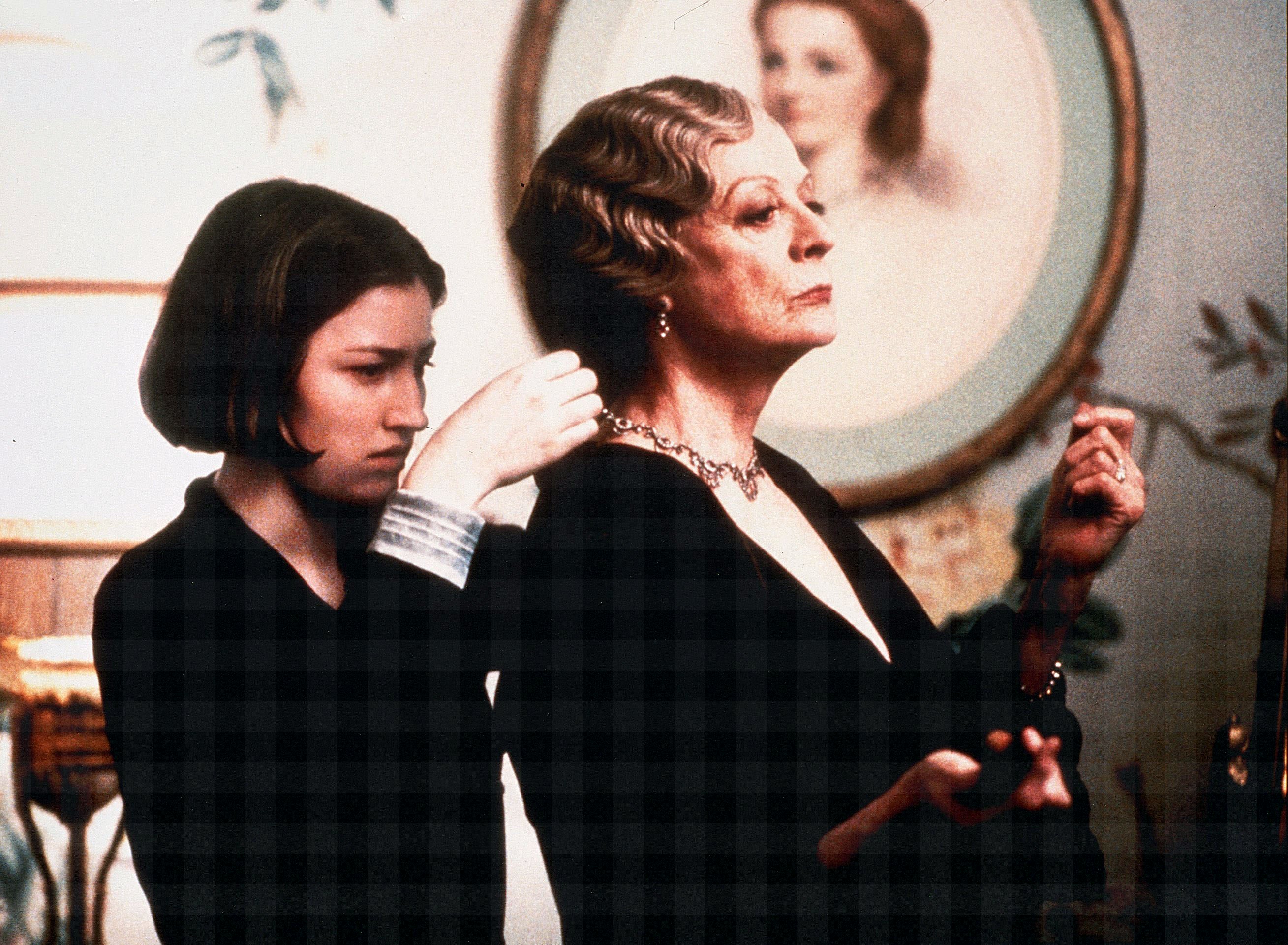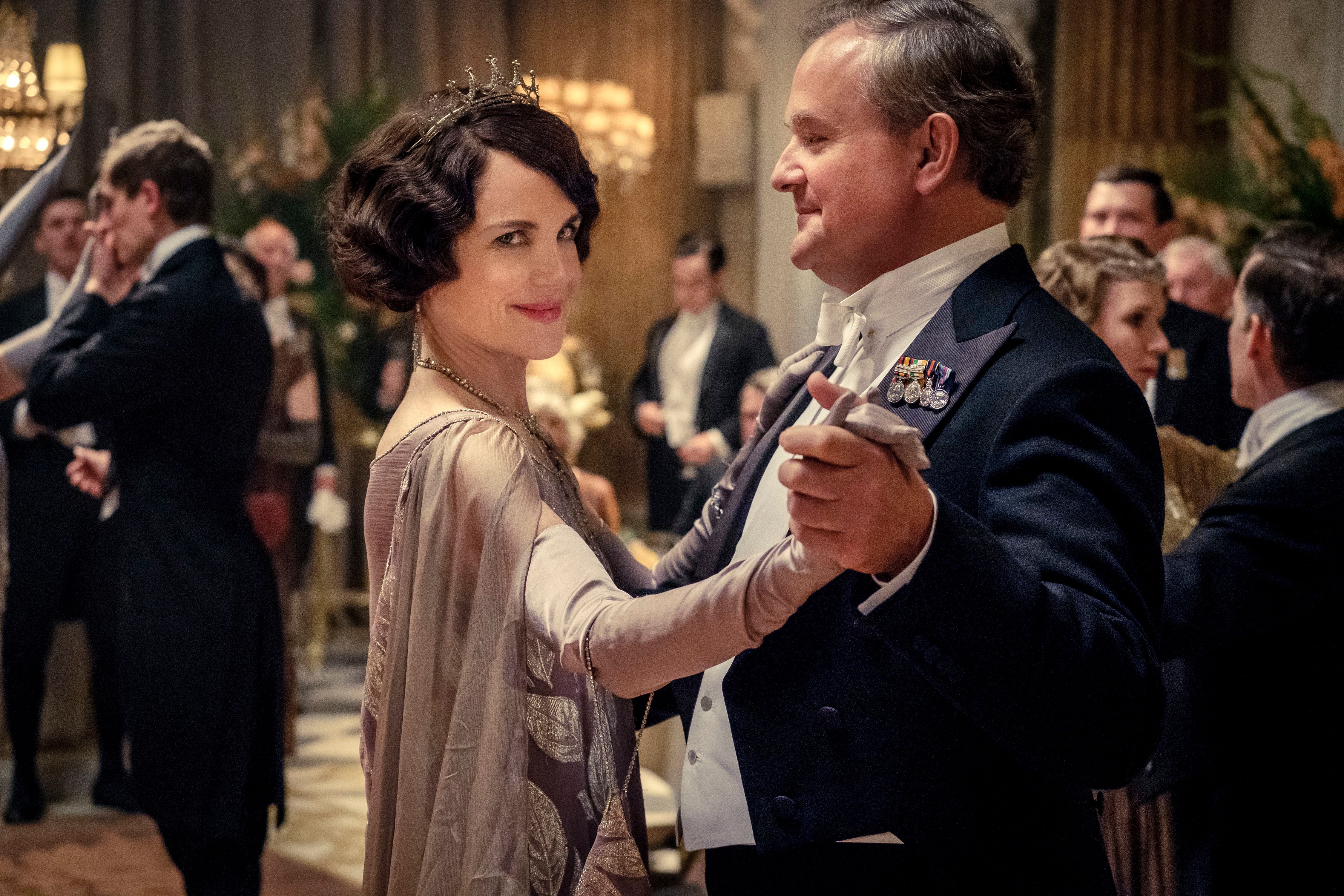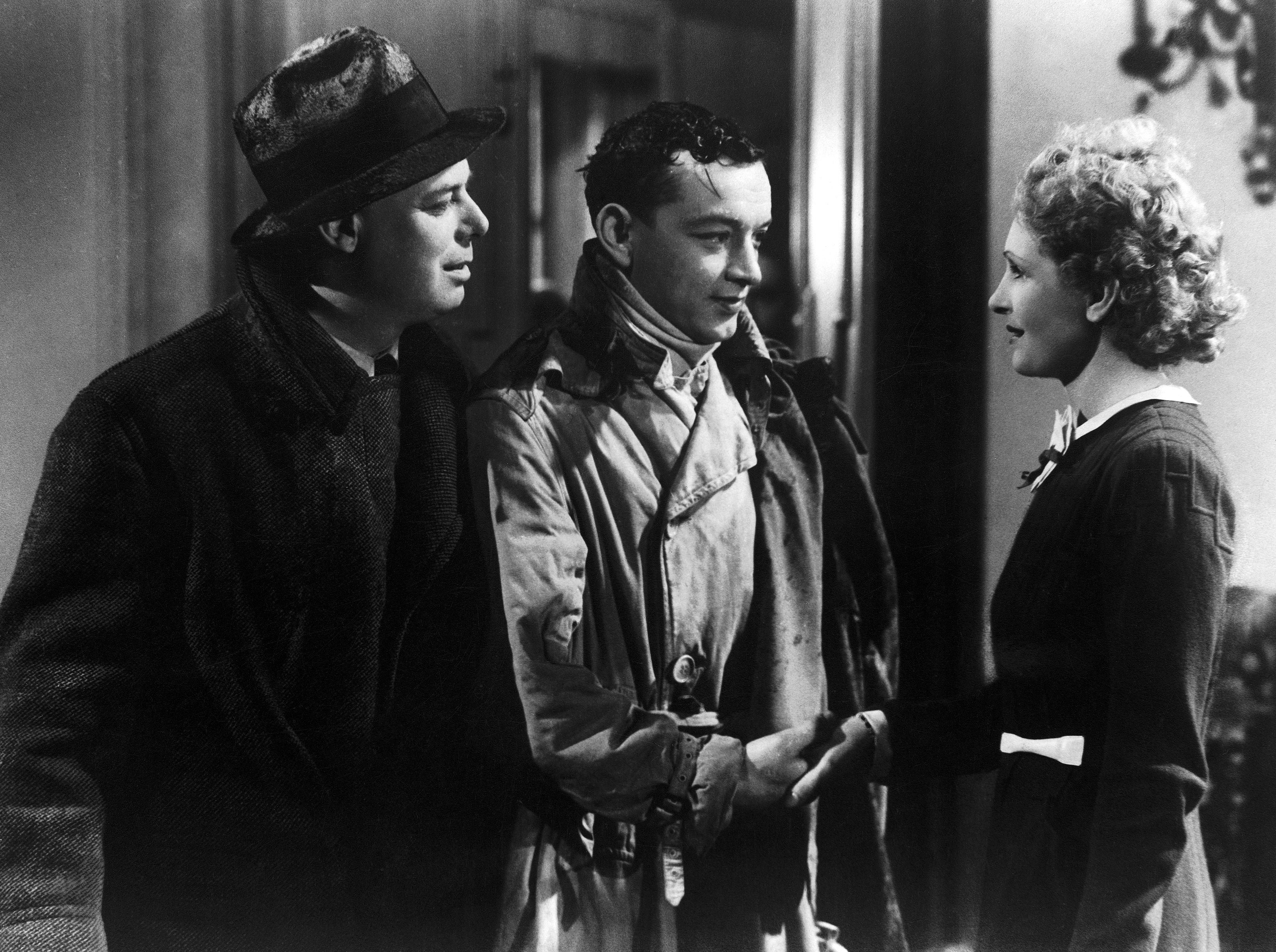Gosford Park at 20: How Robert Altman’s brutal look at the upper classes unintentionally spawned Downton Abbey
Gosford Park is about to be re-released on The Icon Film Channel and included in the BFI Altman season. But no one pays much attention any more to its darker elements, or to Altman’s subversive approach to the country house genre, says Geoffrey Macnab

When the Kansas City-born maverick Robert Altman came to the UK in 2001 to make costume drama Gosford Park, he had no intention at all of celebrating the good old days of Upstairs, Downstairs. The director of Nashville and M*A*S*H was an irreverent satirist known for subverting genres. He deliberately set the film in the early 1930s, just as traditional country house living was coming to an end.
"By the end of the Second World War, this sort of thing was over,” Altman remarked of an ossified British social system that, as he witheringly put it, gave working-class women two choices of career. “If they weren’t housemaids, they’d probably have to be prostitutes.”
The irony today is self-evident. Altman’s attempts at skewering the British upper classes had exactly the reverse effect of what he had originally intended. Buoyed by the film’s success, his screenwriter on Gosford Park, Julian Fellowes, went on to write another costume drama, Downton Abbey. This hugely popular TV series was set in an earlier period, between 1912 and 1926, and provided a far rosier, less coruscating view of country house living. Instead of Altman’s barbed and vicious view of the class system, it purveyed expertly crafted escapist nostalgia.
A few years before, Fellowes, best known then as an actor but gravitating to writing, had been commissioned to write a TV adaptation of Victorian children’s novel Little Lord Fauntleroy. He had been told by one senior BBC executive that it was a very bad idea: this was the 1990s, after all, the era of John Major and Tony Blair, and no one was interested any more in “class-based historical drama”.
Fellowes’s spectacular subsequent career suggests that class-based drama is precisely what British audiences like best. They prefer it, though, with the edges softened, and without too many of Altman’s insights into the exploitative sexual, financial and familial arrangements that made country house living in such splendour possible.
Twenty years on, a strong argument can be made that Gosford Park, which appeared in the same year as the first Harry Potter film, is among the most influential British films of its era. It resurrected Maggie Smith’s screen career; paved the way for Ladies in Lavender and all the other costume dramas that followed with older stars in the lead roles; reminded Hollywood casting agents of the brilliance of British character actors, and gave Line of Duty’s Kelly Macdonald’s career a very big push when she was cast as an aristocratic's maid. However, its success blinded many to its despairing view of class relations.
Altman turned to Fellowes because more established writers like Tom Stoppard and Christopher Hampton weren’t available. The English writer was suggested by his friend, producer and actor Bob Balaban, who had worked with him on an Anthony Trollope adaptation, that didn’t make it to the screen.
“Altman and I were never a natural pair,” Fellowes later recalled. “He was a creature of the Sixties, you know, dope and freedom and let it all hang out. Nonetheless, in certain areas, we were very similar. He also believed in character narrative. All his films are character narratives. The plot is often quite subsidiary.”
The freewheeling American director and his upper-class English screenwriter may have come from different universes but both were also absolute sticklers for detail. They were determined to recreate the aristocratic world of early 1930s England as accurately as they could. Whether the placement of the cutlery used at dinner, the slang or the strange rituals above and below stairs, the filmmakers went to exhaustive lengths to get the milieu right.
Altman, though, came at his subject with an outsider’s point of view. Famous for his love of jazz, he made his films as if he was a big band leader and his actors were members of his orchestra. He liked to have their dialogue overlapping and to give even the minor players scene-stealing solos.

Gosford Park had been a difficult project to get off the ground. The director had had a heart transplant a few years before and no insurers would go near him. Only when fellow director Stephen Frears agreed to be on standby in case Altman’s health faltered was the film greenlit.
Altman himself took it easy on set, having frequent naps between shots but his relaxed demeanour belied his skill in wrangling a huge ensemble cast of more than 40 actors, many of them (Alan Bates, Kristin Scott Thomas, Derek Jacobi, Clive Owen, Charles Dance, Eileen Atkins, Helen Mirren etc) household names.
The film carried echoes of everything from Agatha Christie mysteries to PG Wodehouse comic novels and Jean Renoir’s famous country house drama La Règle du Jeu [The Rules of the Game](1939), but the director made it clear from the outset that he was more interested in behaviour and psychology than in plot. He liked to joke that Gosford Park wasn’t a “whodunit…but a who cares whodunit”.
It’s instructive to compare the early scenes of Gosford Park with those of the Downton Abbey film released in 2019. The latter shows pastoral England at its sunniest and most idealised. In complete contrast, Altman’s movie opens on a deliberately miserable note, in the pouring rain, with Constance, Countess of Trentham (Smith) grumbling in the back of a car while her new maid Mary (Macdonald) is left to get soaked. When they finally arrive at Gosford Park for the weekend, the Countess is escorted with an umbrella through the front door while Mary is left to scamper through the puddles to the servants’ entrance. The countess treats her as if she is a pet poodle that needs to be broken in, not a human being.
“Me. I haven’t got a snobbish bone in my body,” the countess pronounces as she looks down her very long nose at everybody from her parvenu host, Sir William McCordle (Michael Gambon) to her fellow guest, the “very odd” American, Morris Weisman (Balaban). “Apparently, he produces motion pictures,” she remarks with dismissive contempt as if this is the lowliest, strangest profession imaginable.

Altman takes pleasure in puncturing the pomposity of the landed gentry types. The corridors and alcoves provide opportunities for plenty of illicit trysts – couples groping each other under the stairways or having sex in the pantry. Someone will always be kicking Sir William’s “loathsome” pet dog in the background while the first footman (Richard E Grant) will generally be spotted sneering at the guests behind their backs.
The chit-chat and jolly Ivor Novello (Jeremy Northam) singalongs in the drawing room do little to conceal the essential brutality of the world Altman is depicting. The above stairs characters behave monstrously almost as a matter of course. The characters below stairs have set up their own rigid social hierarchy that mimics that of their employers. Servants or factory girls who get pregnant outside of marriage are forced to give up their babies. For all their airs and graces, the lords and ladies are desperate for money. They’re frequently conspiring against each other. Several are having affairs. The men continually harass the female servants. “Watch where he puts his hands” is the obligatory warning to any new maid.
As in Renoir’s La Règle du Jeu, there is a shooting party. The hungover guests look for light relief from all the gossiping, backbiting and boozing the night before by spending an hour or two blithely massacring pheasants.
Codes of behaviour are so rigidly adhered to that not even a murder can shake the guests and the servants out of their usual routines. Even the deferential police inspector (Stephen Fry) investigating the killing is wary about upsetting the status quo.
Renoir famously described his characters in La Règle du Jeu as “dancing on the edge of the volcano”. That phrase applies to the protagonists of Gosford Park too. Altman is showing a style of living that is both unjust and dysfunctional. The war is about to sweep it away for good. Arguably the most harrowing scene in the film comes near the end, with the howls of grief and frustration from the head housekeeper Mrs Wilson (Mirren). She has given a lifetime of service to people who, she finally realises, don’t care for her or her own family at all.

When Gosford Park was released, its bleaker moments were overlooked. In their reviews, critics tended to focus on “the baronial splendour” of the settings, the “splendid” cast and the comedic, murder-mystery aspects. The film was likened to “a party with no boring guests”. It was nominated for multiple awards and Fellowes won an Oscar for his brilliant screenplay. The enthusiastic reception paved the way for the Downton Abbey series a few years later.
Thanks to the enormous popularity of the series, Gosford Park’s status has gradually changed. It is treated as a prequel to its more celebrated successor. No one pays much attention anymore to its darker elements or to Altman’s subversive approach to the country house genre. Instead, the film is now regarded as another cosy, nostalgic slice of British heritage cinema – and that’s precisely what its director was trying his hardest to avoid.
‘Gosford Park’ is available on The Icon Film Channel, a new streaming service on Amazon Prime. The Robert Altman BFI season runs from 17 May to 31 July at BFI Southbank



Join our commenting forum
Join thought-provoking conversations, follow other Independent readers and see their replies
8Comments